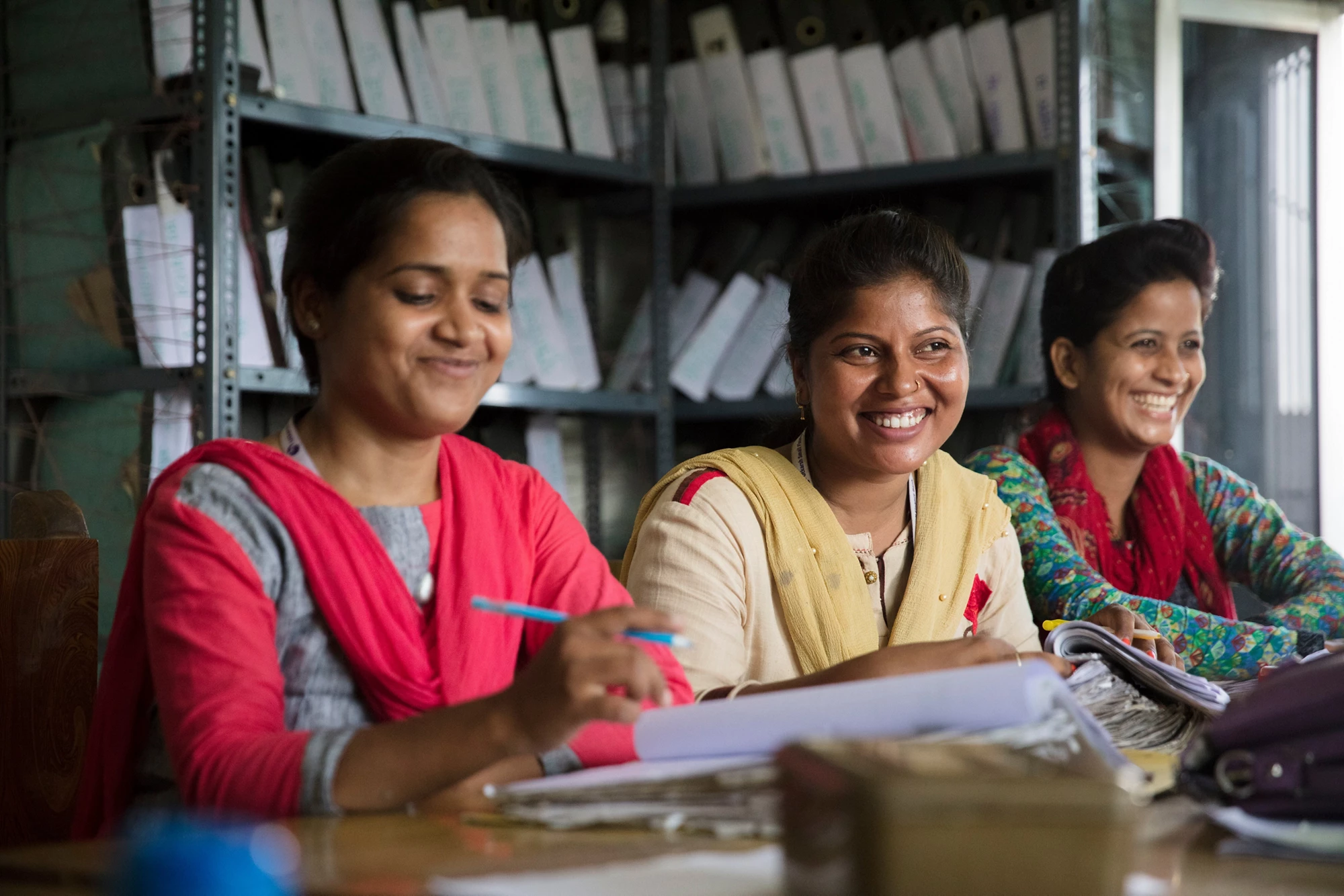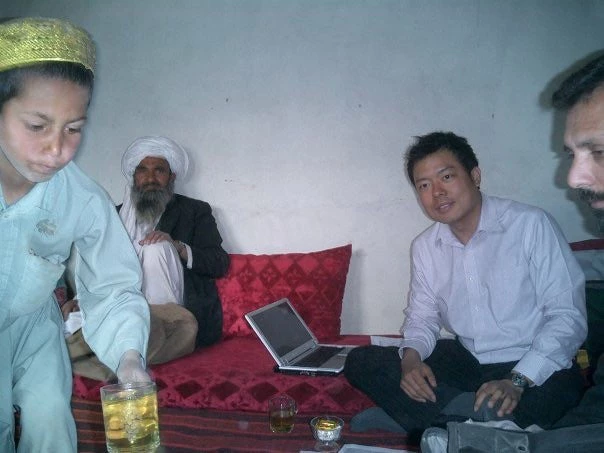 Photo Credit: World Bank Group's International Finance Corporation (IFC)
Photo Credit: World Bank Group's International Finance Corporation (IFC)
This blog is part of a series examining women’s economic empowerment in South Asia.
Sitting at my desk, I found a jarring question in the latest Bangladesh Enterprise Survey, which is part of a global study on business and investment climate.
Released in 2013, the survey asked more than 1,400 business managers whether in their experience of hiring employees, any of the following constrain the hiring of women?
Managers then answer yes or no to the following four types of constraints: family commitments, government regulations (maternity leave or hours worked), required benefits (e.g. to provide separate facilities for women), and finally hiring women could cause disruption in the working environment.
This last option piqued my interest because of what it reveals about discriminatory attitudes toward working women in South Asia, where female labor force participation remained at a low 28 percent in 2018.
I quickly tabulated the numbers and was shocked to find that 45 percent of firms in Bangladesh do not want to hire women noting they might “disrupt the working environment .”
Given that more Bangladeshi women have joined and stayed on the workforce—the country’s labor force participation has jumped from 26 percent to 36 percent between 2003 to 2016, as mentioned in the recently published Voices to Choices book. I couldn’t help but wonder what could explain this persistent bias.
To find clarity, I reached out to Asif Islam, a colleague with extensive experience in private sector and gender research and we quickly uncovered two notable patterns:
First, employer bias is widespread across South Asian countries . The rates of firm managers who said hiring women is challenging because they will disrupt the working environment ranges from 28 percent in India, 30 percent in Pakistan, to 39 percent in Afghanistan. Bangladesh was the highest at 45 percent.
Second, negative attitudes are more pronounced in smaller firms. For example, in Pakistan, small firms (five to 19 workers) have the highest negative attitude (34 percent), followed by 29 percent in medium-size firms (those with 20 to 99 workers). Large firms (100+ workers) were the least likely to find women disruptive in the workforce (22 percent). The patterns are fairly consistent with those found in Afghanistan, Bangladesh, and India.
Still, these numbers don’t explain the puzzle - why, despite making much progress in entering the workplace, Bangladeshi women still face some of a high levels of discrimination ?
To this end, we can try to explore a few things.
A first step would be that the Enterprise Survey ask managers what reasons impede them from hiring female workers. This simple request will open up new avenues to understand the hurdles women face in seeking and getting better jobs, especially in countries with low female labor force participation.
Second, we need to follow up on this survey with more research. Case in point: while many studies focus on sex discrimination prior and during recruitment, few ever discuss gender biases women encounter once they’ve joined a company . Does a manager’s bias against women in the workplace lead to actual hiring differences? It’s hard to think otherwise but we need numbers to back it up. Also, what could explain high level of discrimination despite the large number of women entering the work force in recent years?
To achieve that, we will start by looking at the share of female employees in firms where managers report a gender bias, and whether biases are more prevalent in certain sectors.
We also want to hear from you, especially if you live in South Asia.
Have you or anyone you know ever been denied employment because a manager thought you or your colleague would “disrupt their work environment” because of gender?
We would also like to hear from firm managers – are there any reasons you would not hire someone because of their gender ?
And if so, why? This feedback is important to help craft solutions.



Join the Conversation